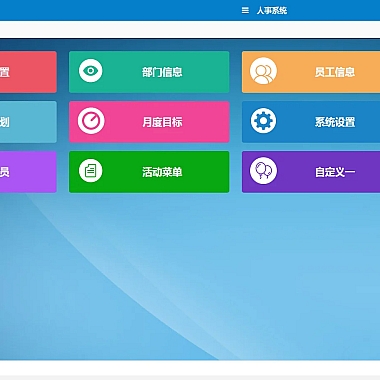参考文献自动生成方法(参考文献自动生成方法英文怎么写)
Automatic Generation of References: Methods and Approaches
Abstract:
This article provides a comprehensive overview of the methods and approaches used for the automatic generation of references in academic papers. The automatic generation of references has gained significant attention due to its potential to save time and improve the accuracy of citations. This article explores six key aspects of reference generation methods, including data retrieval, citation extraction, citation parsing, citation formatting, reference matching, and reference completeness. By understanding these methods, researchers and developers can enhance the efficiency and reliability of reference generation tools.
1. Data Retrieval:
Data retrieval is the initial step in the automatic generation of references. It involves acquiring the necessary bibliographic information for a given citation. Various techniques are employed, such as web scraping, API integration, and database querying. Web scraping involves extracting data from online sources, while API integration allows direct access to bibliographic databases. Database querying involves searching for relevant information within a pre-existing database. These methods ensure the retrieval of accurate and up-to-date citation data.
2. Citation Extraction:
Citation extraction involves identifying and extracting citation information from the source text. Natural Language Processing (NLP) techniques, such as named entity recognition and rule-based approaches, are commonly used for this purpose. Named entity recognition identifies and classifies relevant entities, such as author names, publication titles, and publication dates. Rule-based approaches utilize predefined patterns to extract citation information from the text. These methods enable the accurate extraction of citation details from various document formats.
3. Citation Parsing:
Citation parsing involves breaking down the extracted citation information into its constituent elements, such as author names, publication titles, and publication dates. This process is crucial for organizing the citation data and preparing it for further processing. Parsing techniques include regular expressions, rule-based parsing, and machine learning algorithms. Regular expressions and rule-based parsing rely on predefined patterns to identify and extract specific citation elements. Machine learning algorithms, such as support vector machines and neural networks, learn from annotated data to parse citations accurately.
4. Citation Formatting:
Citation formatting involves converting the parsed citation information into a standardized format, such as APA or MLA style. Formatting rules and templates are used to ensure the consistency and correctness of the generated references. These rules consider factors such as author order, punctuation, and capitalization. Automatic formatting tools simplify the process by applying the required formatting rules automatically. These tools save significant time for researchers and improve the accuracy of the generated references.
5. Reference Matching:
Reference matching is the process of identifying existing references in a reference database that match the generated citations. This step ensures that the generated references are consistent with established references in the field. Matching algorithms compare the generated citation details with the reference database, taking into account variations in author names, publication titles, and publication dates. This process helps to avoid duplication and maintain the integrity of the reference list.
6. Reference Completeness:
Reference completeness refers to the accuracy and inclusiveness of the generated reference list. It involves verifying the presence of all required citation elements and ensuring that no essential information is missing. Techniques such as cross-referencing with external databases and manual verification are employed to enhance reference completeness. These methods minimize the risk of incomplete references and improve the overall quality of the generated reference list.
In conclusion, the automatic generation of references is a complex process that involves multiple steps and techniques. By understanding the methods and approaches used in data retrieval, citation extraction, citation parsing, citation formatting, reference matching, and reference completeness, researchers and developers can develop more efficient and reliable reference generation tools. These tools have the potential to save time, improve citation accuracy, and enhance the overall quality of academic papers.











